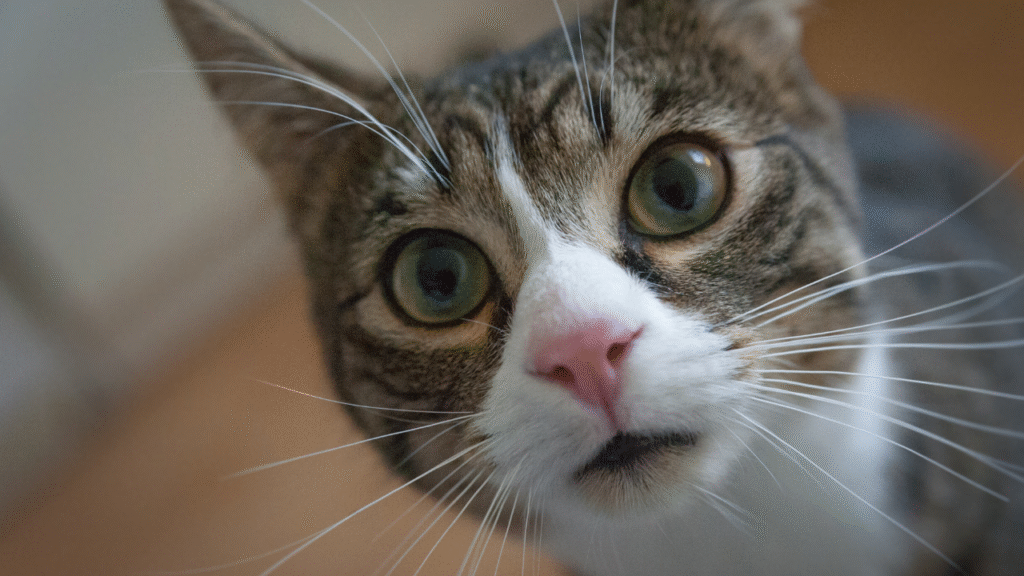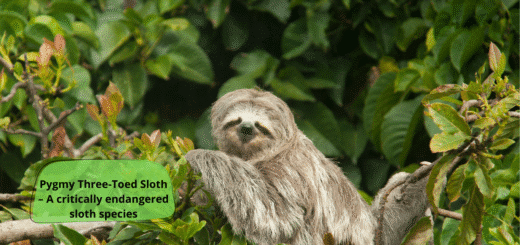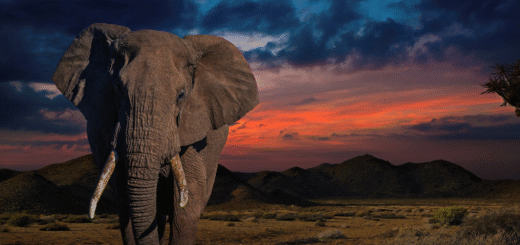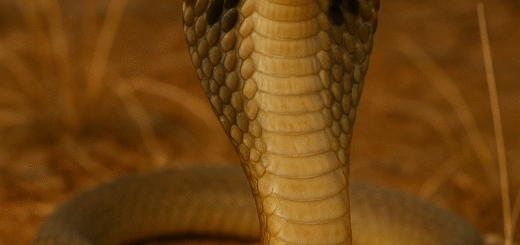The Fascinating History of Domesticated Cats
Cats have been part of human life for thousands of years, evolving from wild hunters into beloved companions. Unlike dogs, who were actively bred for tasks like guarding and herding, cats likely domesticated themselves—drawn to human settlements by the promise of easy food.

Ancient Beginnings
Domestication likely began around 9,000 years ago in the Near East, particularly in regions like modern-day Turkey and Egypt. Early agricultural communities stored surplus grain, which attracted rodents. Wildcats, especially the African wildcat (Felis lybica), found an abundance of prey around human settlements. People tolerated the cats for their pest control skills, and over time, a mutual relationship formed.
Egyptian Reverence
In ancient Egypt, cats became symbols of grace, protection, and fertility. They were worshipped, depicted in artwork, and even mummified. The goddess Bastet, often shown as a lioness or domestic cat, represented home, fertility, and protection.
Global Spread
Cats traveled with traders, sailors, and explorers, spreading across Europe and Asia. In Rome, they were cherished as both pets and guardians of granaries. In Asia, especially Japan and China, they were admired in art and folklore.
Medieval Misconceptions
During the Middle Ages in Europe, cats were sadly linked to superstition and witchcraft. This association led to the mass killing of cats—ironically, just before the Black Death spread, when rat populations boomed.
Modern Times
By the 1800s, cats regained popularity as domestic pets. The first cat show took place in 1871 in London, marking the start of organized breeding. Today, cats are among the most popular pets globally, valued for their independence, elegance, and companionship.








